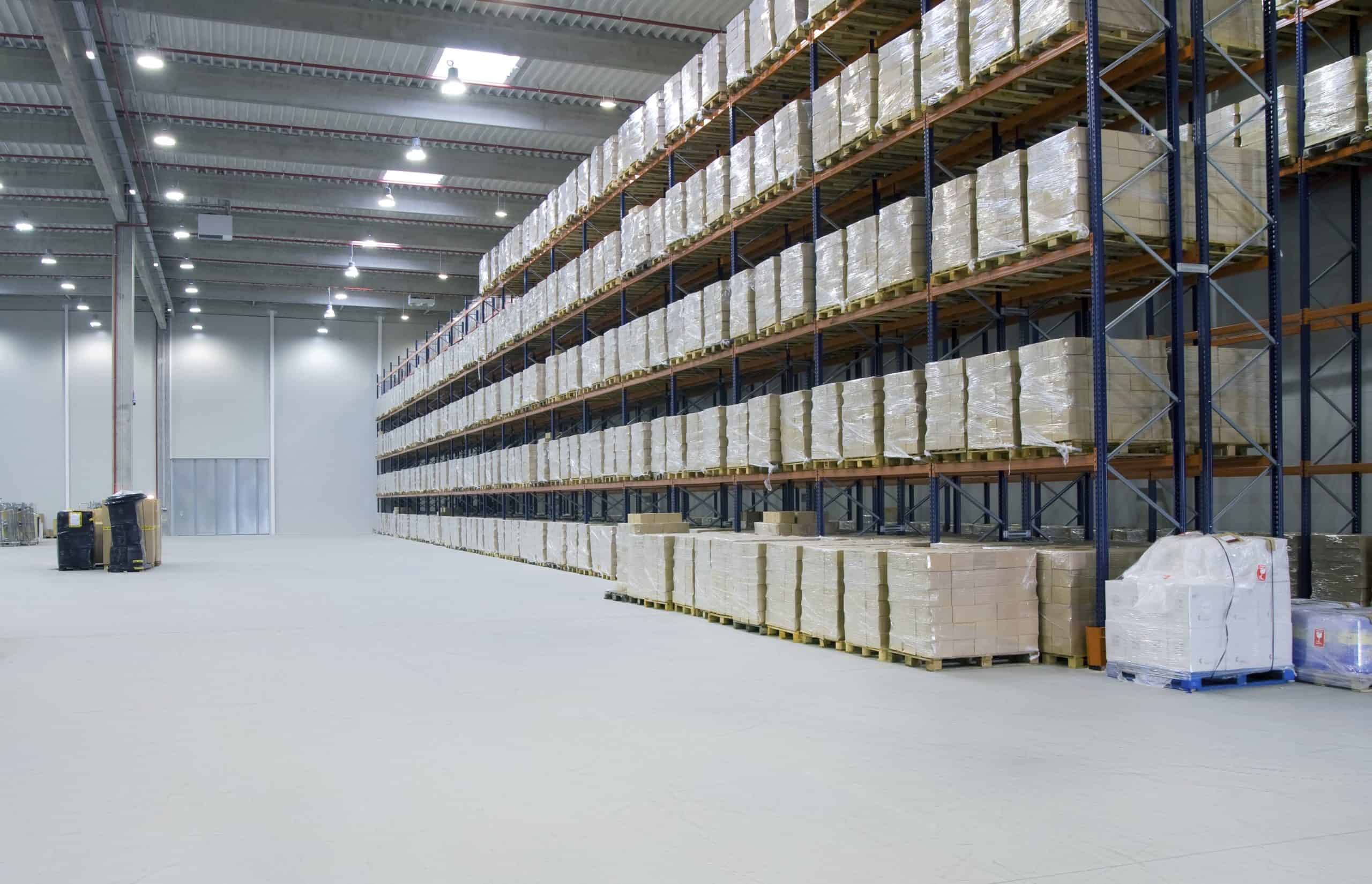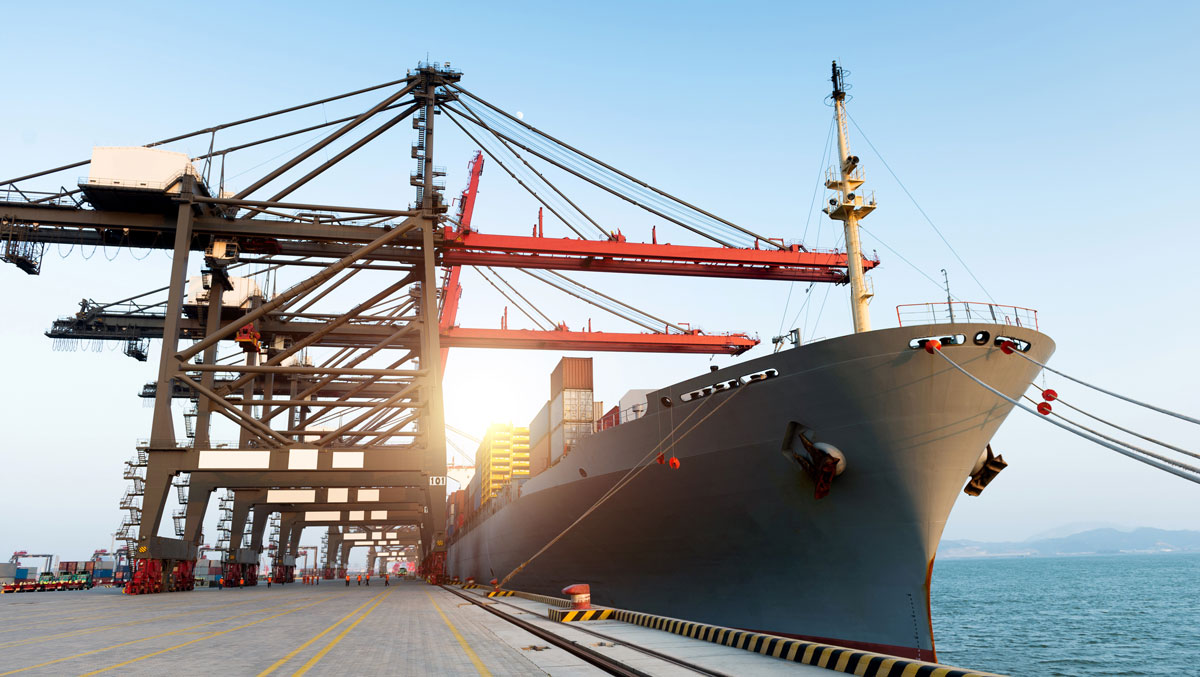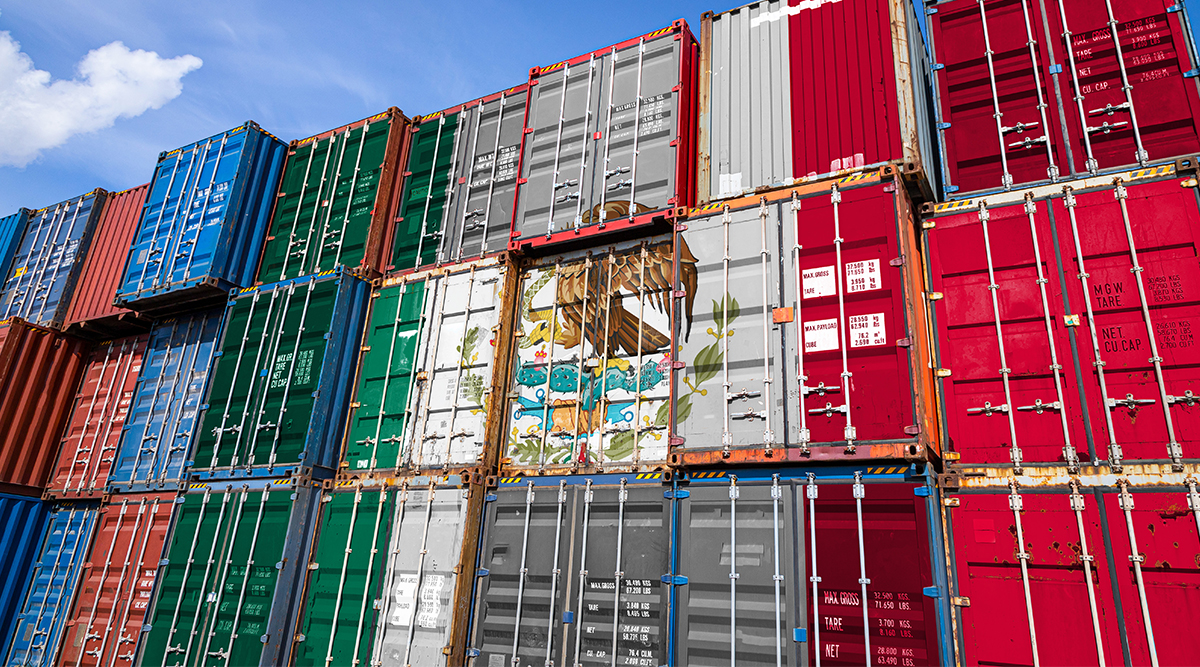The Evolution of 3PL and How It Can Solve Your Business’ Supply Chain Challenges

More and more businesses are utilizing 3PLs to manage their supply chain. Top companies are learning that third-party logistics service providers can improve their bottom line by allowing them to focus on their own core competencies. In order to understand what a 3PL can do for your business, let’s first take a brief look at the evolution of 3PLs and then discuss how 3PL can solve some common problems.
History of 3PL
Less than 40 years ago, the industries of trucking, warehousing, international shipping and IT/technology were very separate. Companies that shipped products managed each of these functions independently, from origin through to delivery.
1980’s – A change in the transportation landscape:
Some say that the 3PL industry was essentially born thanks to the Motor Carrier Act of 1980. This act deregulated the trucking industry via sweeping reductions in price controls, entry controls, and collective vendor price setting. The result was a massive increase in the number of trucking carriers, from less than 20,000 in 1980, to around 1.2 million today, creating an extremely fragmented market. It became possible for third-party companies to offer value-added logistics services in a more complex logistics environment.
1990’s – Globalization and offshoring:
In the 1990s, global logistics management was taking shape. Companies large and small expanded their product reach into rapidly developing global markets. Economic developments in other parts of the world, especially China & India, incentivized companies to move their entire manufacturing functions overseas. The need for managing complex, global supply chains exploded. Third party providers adapted to begin offering integrated logistics services domestically and internationally.
2000’s – Technology boom:
Technological advancements built upon the widespread expansion of the internet opened the doors for third party providers to offer solutions to connect disparate functions within the supply chain. To meet the supply chain needs of global companies, 3PLs began to integrate inventory management, transportation & logistics, and order management functions with robust technology platforms. True supply chain visibility became a reality, and the efficiencies offered by modern 3PL warehouse and service providers have continued to expand to adapt to the demands of an ever changing global marketplace.
3PLs Today
As of 2013, 86% of domestic Fortune 500 companies use 3PLs for logistics and supply chain functions, according to an Armstrong & Associates report. Major 3PLs are able to leverage global partnerships and infrastructure to deliver flexible service options. A 3PL’s core competency is providing supply chain solutions for companies of all sizes. Utilizing a 3PL can add value to your business by allowing you to focus on your own core competencies, driving significant cost savings.
Check out Legacy’s VP of Transportation discuss shipping dilemmas>>>
How 3PLs Solve Supply Chain Challenges:
Challenge: Electronics Supplier with Highly Variable Sales Volume Throughout the Year
Companies that have seasonal fluctuation in volume often lose money by maintaining extra vehicles and warehouse capacity that may only be needed for Black Friday or other short-term peak demands.
Solution: Flexibility with 3PL
Using a 3PL offers businesses the flexibility of using the supply and distribution resources that are needed on a case-by-case basis. When sales cycles are down, there are no unnecessary investments draining resources.
Challenge: Expertise Required to Maintain a Global Supply Chain
The staffing, training and experience required to properly stay up to speed on international compliance issues, transportation & economic regulations, and supply chain conditions becomes prohibitive for a small-to-midsized business.
Solution: Outsourcing to 3PL
3PLs excel at international logistics support, and have decades of experience in dealing with the rapidly-changing international documentation and customs rules & regulations.
Challenge: Technology Investment Prohibitive for Mid-sized Companies
The cost of technology necessary to track products from origin to final delivery—particularly with international supply chains—can be prohibitive for smaller or midsized businesses.
Solution: Tier 1 3PL Technology
Established 3PLs have major investments in transportation and warehouse management systems necessary to provide real-time visibility into all aspects of your supply chain.
Check out Legacy’s VP of Transportation discuss shipping dilemmas>>>
Ready to learn more about working with a 3PL? Read our white paper Are You Ready for a 3PL? Or contact us to learn how LEGACY’s 3PL services can save your business time and money.
Get Insights. Stay Ahead.
Get the latest news and insights via email on warehouse improvement, transportation optimization, labor strikes and international shipping rate changes.Popular Posts
Search Posts
-
Global Momentum Builds for Charge on Global Shipping Sector’s CO2 Emissions
A growing coalition of 47 countries, including key players like the European Union, Canada, Japan, and various Pacific Island nations, is...
+ Read more -
5 Key Components in International Contingency Planning
The global logistics outlook indicates a lingering crisis mode, requiring adaptation to the new normal of accelerated global disruptions,...
+ Read more -
Mexico Surpasses China as Top US Trade Partner in 2023
Mexico Surpasses China as Top US Trade Partner New data released earlier this month by the Commerce Department shows that Mexico has...
+ Read more










